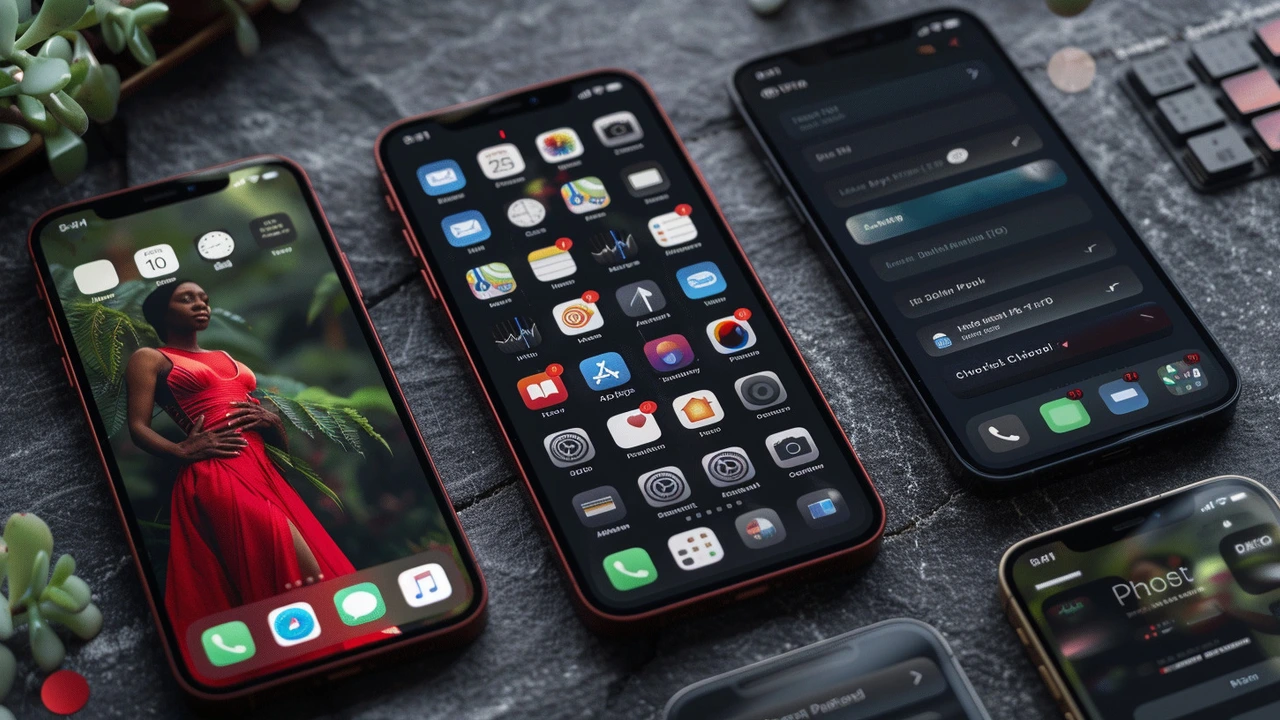iPhone Update: How to Install, What’s New, and Fixes
New iOS drops can be exciting and annoying at the same time. This page collects practical tips, step-by-step update instructions, major features, and quick fixes so your iPhone update goes smoothly. Whether you want security patches, new emojis, or battery improvements, these notes help you decide and act fast.
First things first: back up. Open Settings → [your name] → iCloud → iCloud Backup and tap Back Up Now. If you prefer a local copy, connect your iPhone to a Mac or PC and use Finder or iTunes to make a backup. A backup saves you pain if the update fails or you need to restore settings.
How to update right now
Make sure you have Wi‑Fi and at least 50% battery, or keep the phone on charge. Go to Settings → General → Software Update. Wait while iPhone checks for a new version. Tap Download and Install. The phone will restart when the process finishes. If you see “Install Tonight” you can tap it to schedule the update for later.
Prefer a wired update? Connect to your computer, open Finder or iTunes, select your device and choose Check for Update. This method can be faster on slow Wi‑Fi and helps avoid “update failed” errors.
Common problems and quick fixes
Update stuck on verifying or installing? Force restart the iPhone by pressing the right buttons for your model, then try again. If the update won’t download, check storage in Settings → General → iPhone Storage and delete unused apps or large files. For persistent errors, connect to a computer and update via Finder/iTunes.
Seeing battery drain after an update? Give it 24–48 hours. Background tasks like reindexing and app updates run after major releases. If drain continues, check Battery settings for app usage, turn off Background App Refresh, or reset network settings (Settings → General → Transfer or Reset → Reset → Reset Network Settings).
Beta installed by mistake? Go to Settings → General → VPN & Device Management and remove the beta profile. Then restart and check Software Update. Rolling back to an older iOS is typically possible only via a signed IPSW and while Apple is still signing the older version.
Want to know what's new? Apple posts release notes in Settings → General → Software Update. They list security fixes and new features. For deeper reads, search for the iOS version build notes online to see app compatibility, known issues, and notable privacy or camera changes.
Still nervous about updating an older iPhone? Wait one or two weeks after release. Early adopters report bugs first. If you rely on your phone for work, delay until minor fixes arrive. But don’t skip security updates for too long; they patch critical vulnerabilities.
After updating, open App Store and update all apps. Old app versions can crash on new iOS. Also check Privacy settings to confirm app permissions after big updates and backups.
If you want more guides, subscribe to the iPhone Update tag on this site. We post step-by-steps, feature breakdowns, and fast fixes as new versions roll out.
